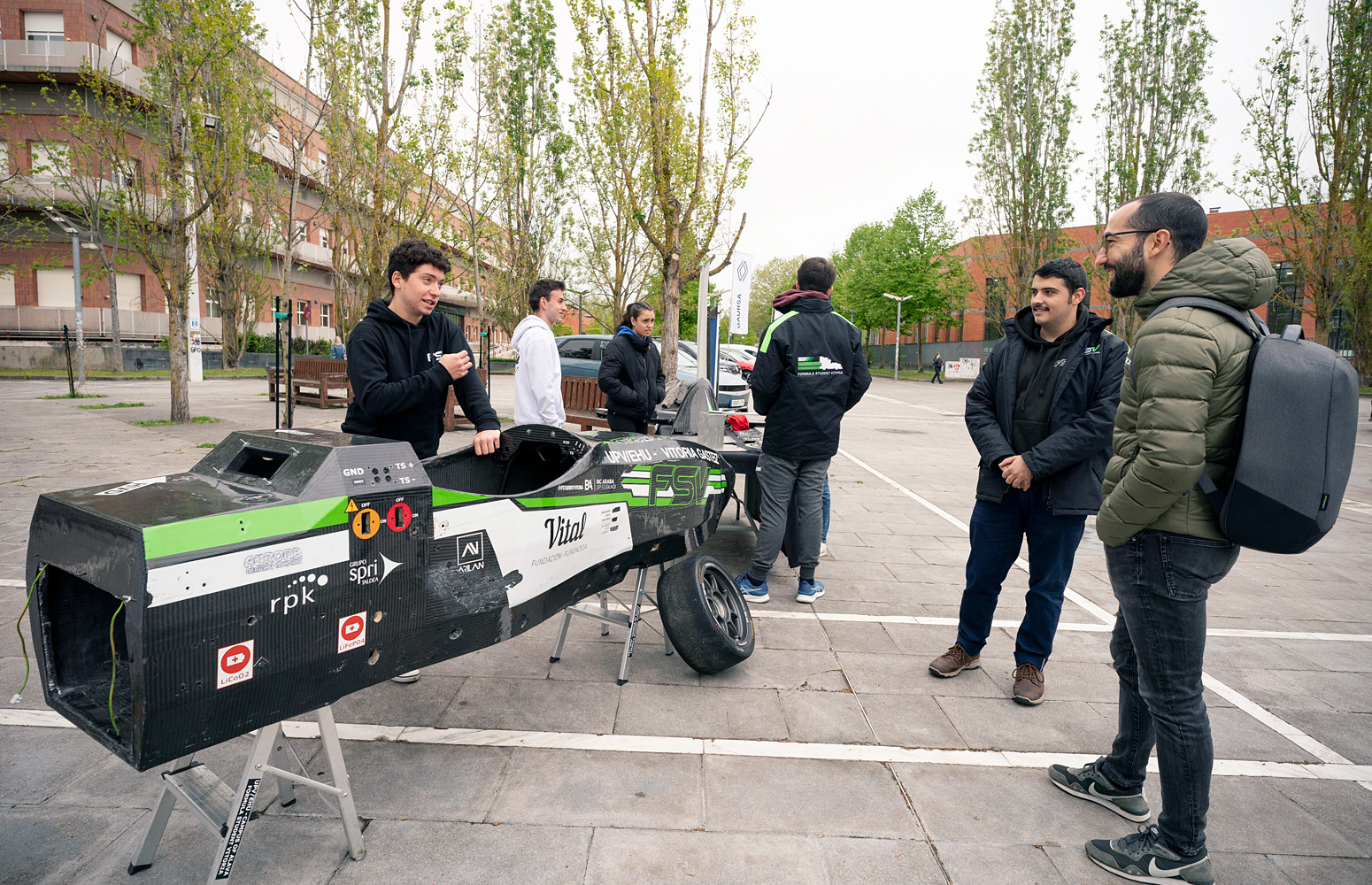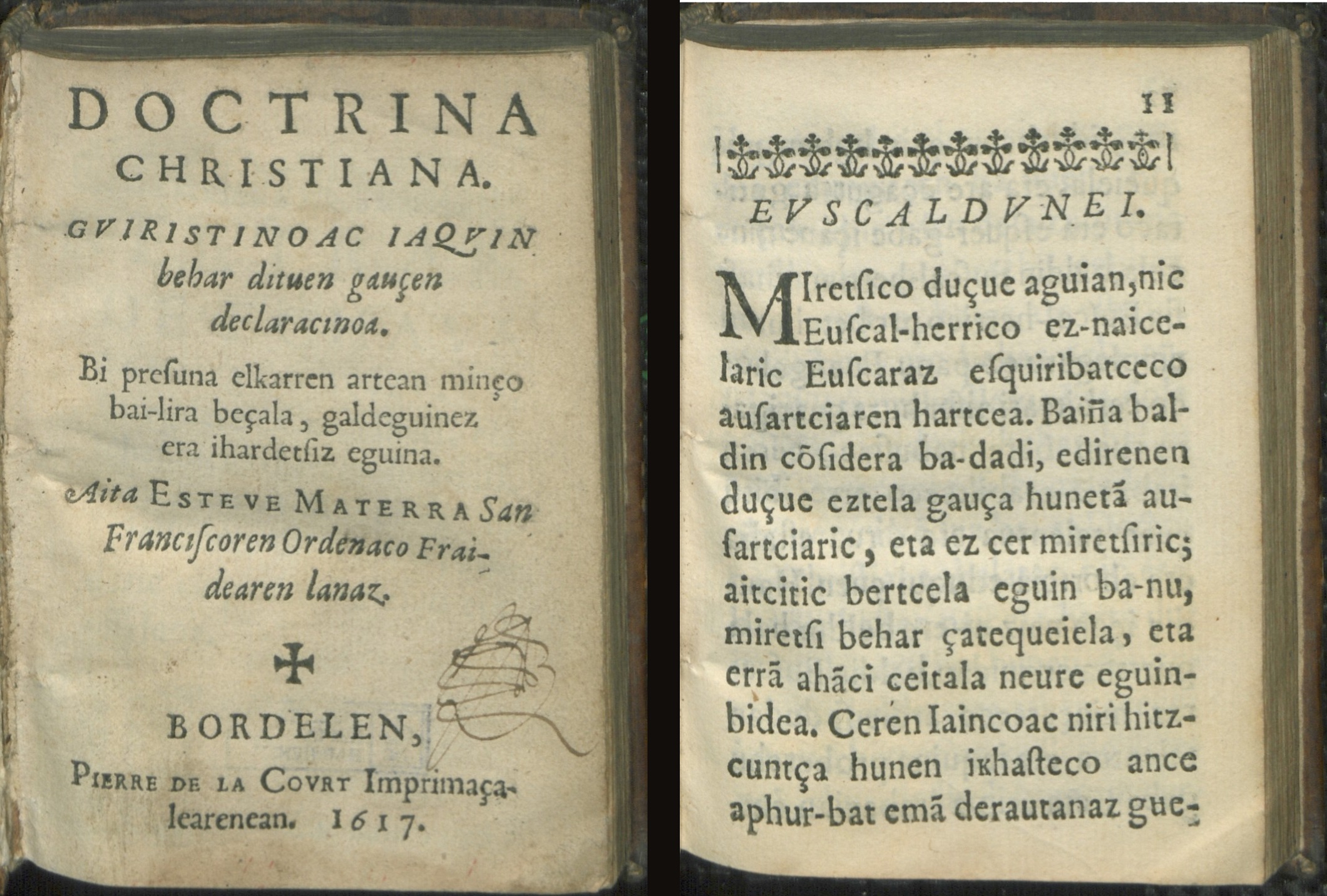The UPV/EHU linguist Dorota Krajewska has analysed old texts in Basque to see how subordinate clauses evolved throughout history. She has explored texts spanning the 16th and 19th centuries in all dialects. Despite the fact that the Basque corpus or collection of texts is somewhat small and rather late, the researcher says that there is sufficient documentation for analysing historical syntax.
-

In memoriam: Arturo Muga
-
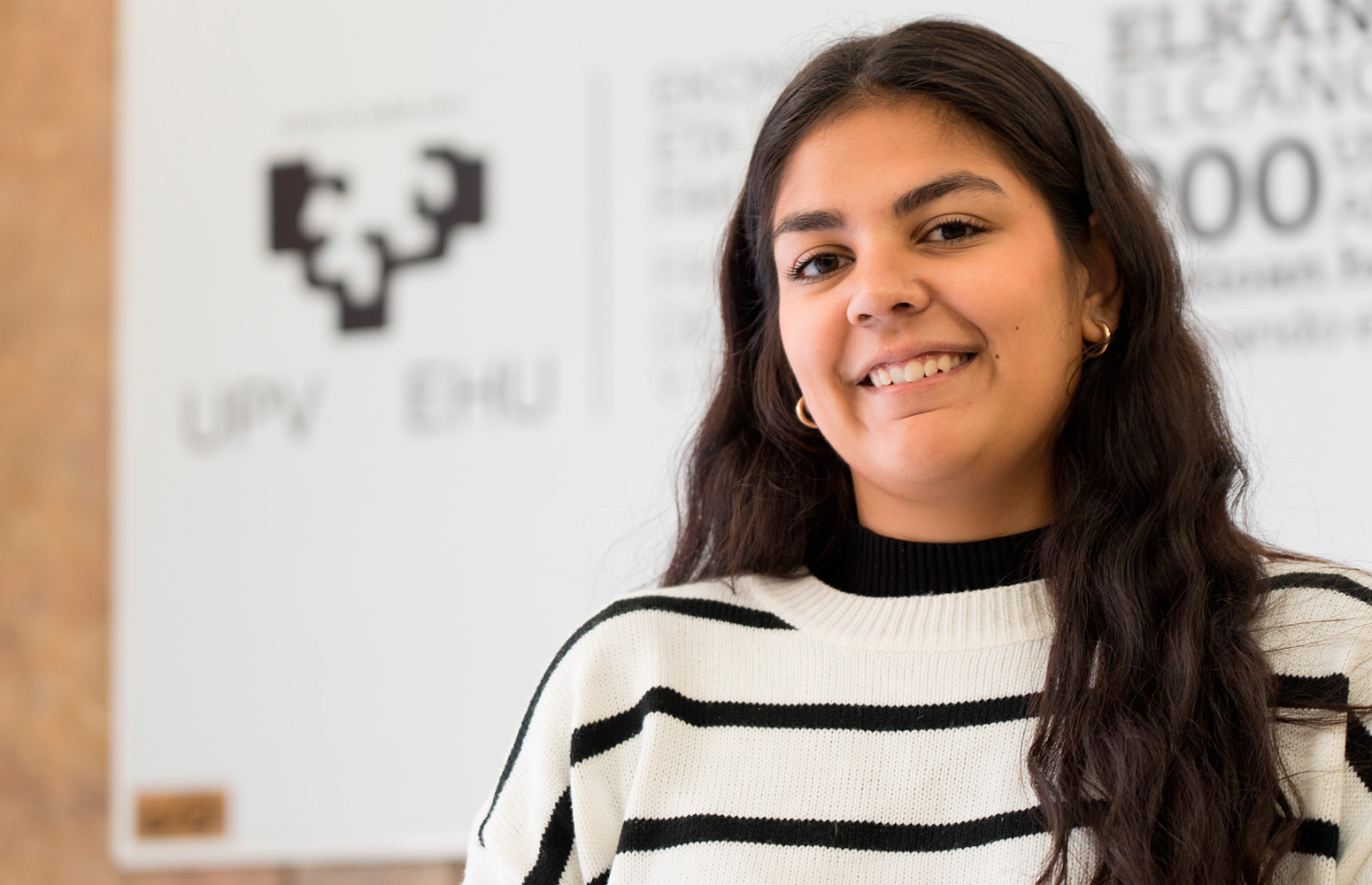
Violeta Pérez Manzano: «Nire ahotsa ijito bakar batengana iristen bada eta horrek inspiratzen badu, helburua bete dut»
-
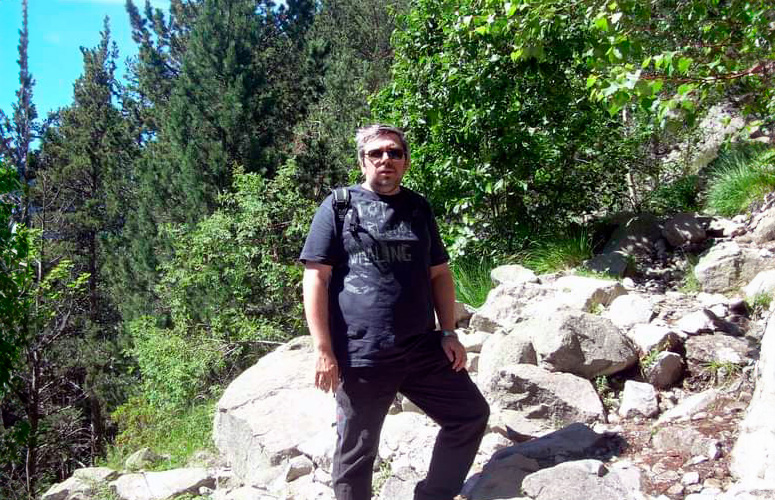
In memoriam: German Gazteluiturri Fernández
-
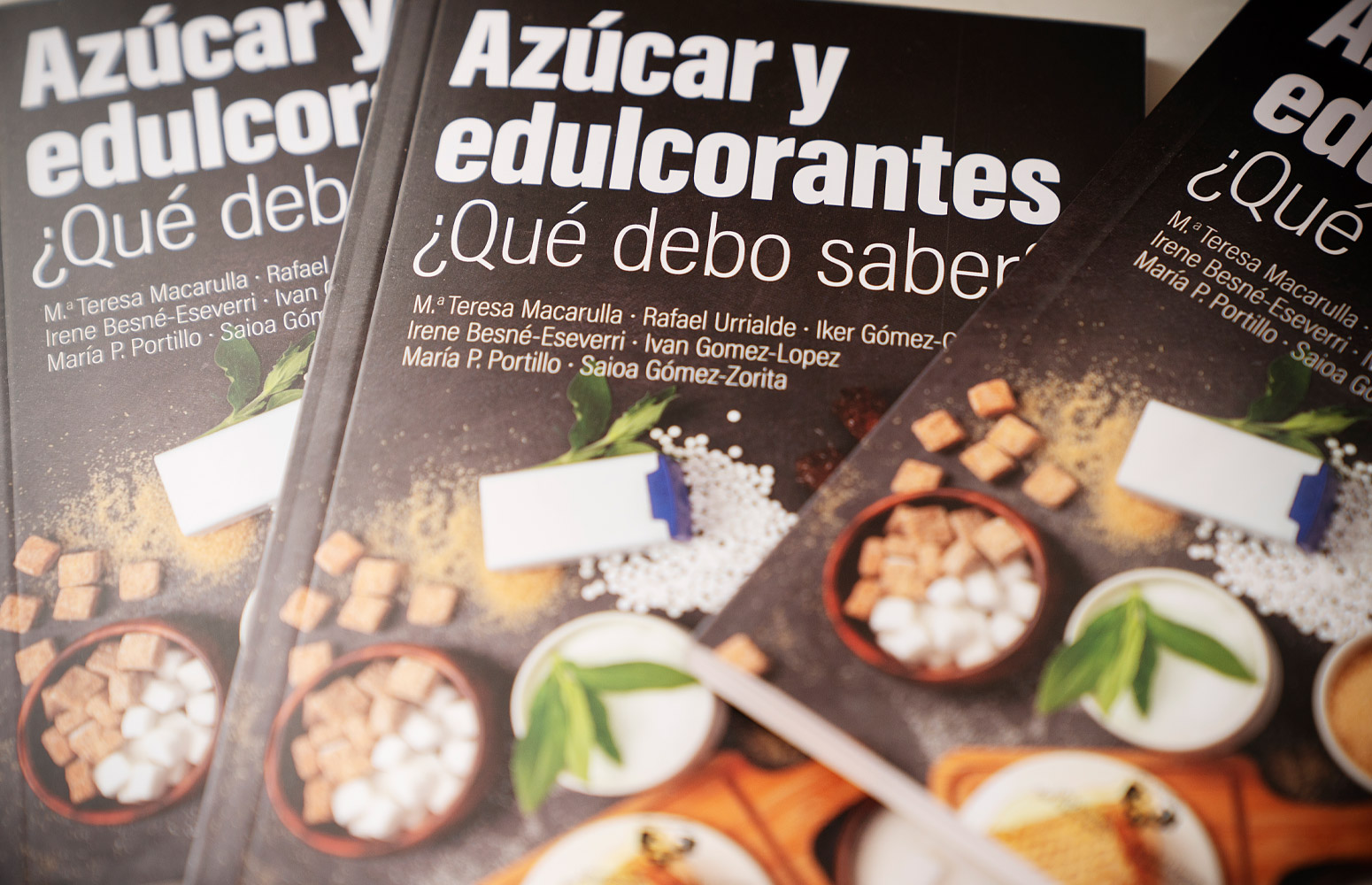
Azukrea eta edulkoratzaileak. Zer jakin behar dut?
-

Itsasoaren gainazalaren tenperatura-igoerak aldaketa sakonak eragin ditu makroalgen komunitateetan
There are enough old documents to analyse the historical transformation of Basque syntax
Dorota Krajewska, a linguist at the UPV/EHU-University of the Basque Country, has explored the evolution of the historical syntax of Basque over the last five hundred years
- Research
First publication date: 05/04/2018
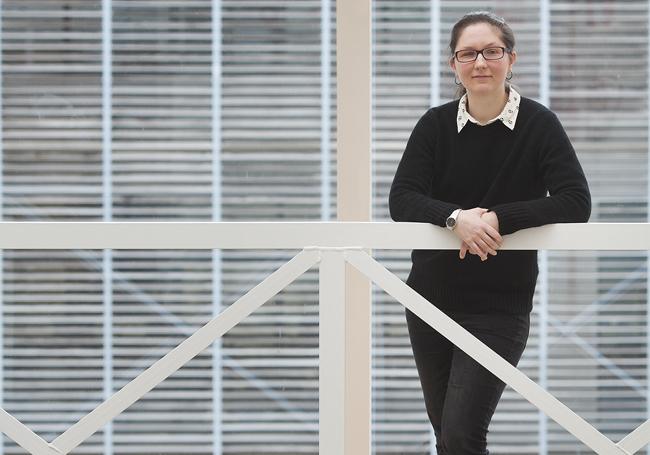
Over the last few years much progress has been made in research into the historical grammar of Basque, in the branch of linguistics that conducts research into how the language has changed. In this branch the Polish linguist Dorota Krajewska is working in the UPV/EHU’s Monumenta Linguae Vasconum research group to expand knowledge about the historical syntax of Basque; “I am exploring the history of various complex structures of Basque,” says the researcher. Indeed, little research has been conducted until now into the historical evolution of the syntax, and even less into the change in subordinate clauses. In her view, such research work is useful “for understanding why today’s Basque is the way it is”.
The main aim of Krajewska’s research was to explore the use of these complex structures in old texts. To do this she examined two main subjects in samples of texts in all dialects from the 16th to the 19th centuries: word order between the noun and its modifiers, and the strategies for generating subordinate clauses. Krajewska wanted to clarify firstly, “where, when and how much these modifiers, which are currently positioned after the noun, were used; and what the older word order was: the one that places the modifier before the noun or the one that places it after the noun”, and secondly, “how the use of different types of relative clauses has changed in the history of Basque”.
A small but significant corpus
To conduct historical research “it is very important to select a representative text sample. That means taking all the geographical areas and dialects into consideration to a certain extent,” says the researcher. Indeed, one of the most significant problems is the limited availability of data: data on one of the dialects or on one of the periods could be missing”. The researcher added that not all such corpora are digitised and centralised, in other words, there is no “single, digital corpus for making observations easily”. She had to obtain texts from numerous sources and conduct the searches mostly manually or semi-automatically. In fact, it took her about two years to gather examples from the texts.
Research into the history of Basque means that fewer data are available than when conducting research into the neighbouring Indo-European languages, “because the Basque corpus is relatively small and rather late,” explained Krajewska. “Nevertheless, my research shows that we have sufficient material to work on historical syntax. Many aspects of language syntax have not changed since the 16th century, but the current form and use of many structures are not the same as a few centuries ago”. The researcher went on to add that “compared with other little-used languages across the world, much more research has been carried out on Basque, but there are still things to be explored. Despite having a small corpus, we have yet to get to know it properly and this is an opportunity to do more research”.
Additional information
Dorota Krajewska (1986, Poznan, Poland) studied linguistics at the Adam Mickiewicz University in Poland and did a Master’s in Linguistics at the UPV/EHU. Her international thesis in Basque and English is entitled Euskararen sintaxi diakronikorantz: egitura konplexuak [Towards a Historical Syntax of Basque: complex structures] and her supervisors were the UPV/EHU Professor Joseba A. Lakarra and the UPV/EHU lecturer Javier Ormazabal. To write up the thesis in Basque she received a grant from the UPV/EHU’s Vice-Chancellor’s Department for Basque in 2012.


